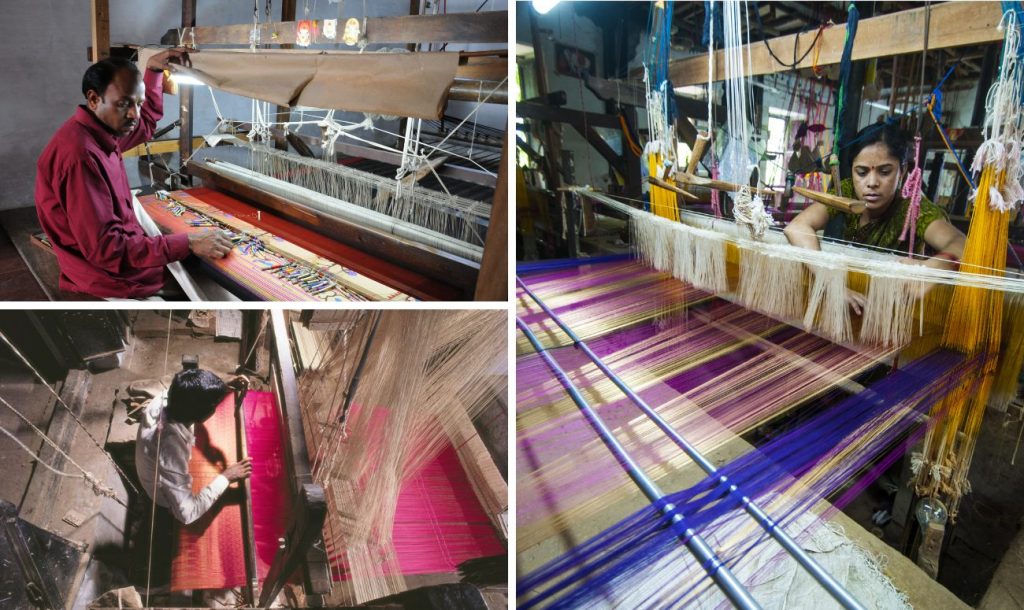The Prime Minister’s recent call for ‘Aatmanirbhar Bharat’ or ‘Self Reliant India’ has risen the spirit of nationalism among the masses, urging the country to go Vocal for Local. The call for a self reliant India has been fueled by recent incidents such as the ongoing Coronavirus and the tensions between India and its biggest neighbor, China. India’s initial lack of domestic production of personal protective equipment (PPE) at the onset of the pandemic was a call to the realization of our heavy dependence and imports on other countries.
The LPG (Liberalization, Privatization and Globalization) Policy of 1991 gave tremendous scope for self-reliance to India, but we missed the bus under the assumption that advanced technology brought in Foreign Direct Investments could be adopted easily. This policy also highlighted the inefficiency of our Public Sector Undertakings and the need to invest in them. However, little to no effort was made to revamp them. Many firms from the private sector joined hands with the new entrants and caved into technology imports leaving no room for indigenous development.
Statistics show, India mainly imports from China, followed by the US. Another hard truth that the country swallows is the huge trade deficit among these countries. Main imports from China include electronics, toys, chemicals, fertilizers, and mineral fuel. India imported electronic goods worth USD 2.8 billion dollars in May 2020 alone. With brands like Xiaomi dominating the smartphone industry by more than 72% of the share, there are not enough Indian players in the market offering the same value proposition. Hence, we see the rising sales of Xiaomi and other brands despite the calls for a boycott. Manu Jain, Managing Director, Xiaomi India also admitted that the current consumer sentiments against China haven’t impacted Xiaomi’s business in the country. These narratives reiterate the need for India to step up its manufacturing game and produce competent quality products for trade.

The last few weeks have seen waves of indignance around the country. With protests outside Chinese brand, Oppo’s factory to the banning of prominent Chinese apps like TikTok, Shein, WeChat, many countries has started questioning the benefits of globalization. After the deadly Galwan clash, India in particular has taken to various measures to promote local Indian brands. Imposing heavy and strict import substitution, reduction of customs duties and taxes on other countries, and identifying alternative sources for raw materials have been some of the fervent measures adopted by the country to curb dependence. E-commerce platforms like Amazon have also started labeling country of origin on the products sold.
As the country develops its stance against the use of foreign goods, we also have to look upon the main factors that come in the way of achieving the ‘self-reliant India’ tag. Understanding the dichotomy between globalization and nationalization is crucial. Isolating ourselves from the rest of the world is not an option, nor is solely relying on local products. The need to develop globally competent products at competitive pricing by India is more than ever. The focus on product quality is to be emphasized to achieve excellence and capture the market by new entrants. Spending needs to be increased to ramp up domestic production and to invest in Research and Development. Investing in local manufacturing would lead to the creation of more employment opportunities, which in turn could boost income and empower the vulnerable sections of the society as well.
IMF Chief Economist Gita Gopinath, in her recent interview with CNBC, talks about how important it is for India to be a part of the global supply chain in order to be a big player in the export market. Another crucial element is to develop more policies to integrate with the rest of the world along with domestic policies to avoid some communities being affected. The ultimate goal should be to make the manufacturing sector strong and create more jobs and be a bigger part of global integration. Mass public education and developing health care systems is an imperative element to achieve self-reliance along with skill development and training. Companies and governments need to invest in research and development backed by Artificial Intelligence and harnessing data. No country has achieved self-reliance without investing in quality education and skill development for the masses.
Modernization with the latest technology and science can play a key role in paving the way forward. As the stimulus package of 20 lakh crore provides for the development of Micro, Small and Medium Enterprises, boosting manufacturing for them would require a lot more direct income support from the Government. Home to the highest number of youths in the world, India can easily push its young minds to innovate and create to foster a startup ecosystem striving to provide quality products and services at the global level.



























